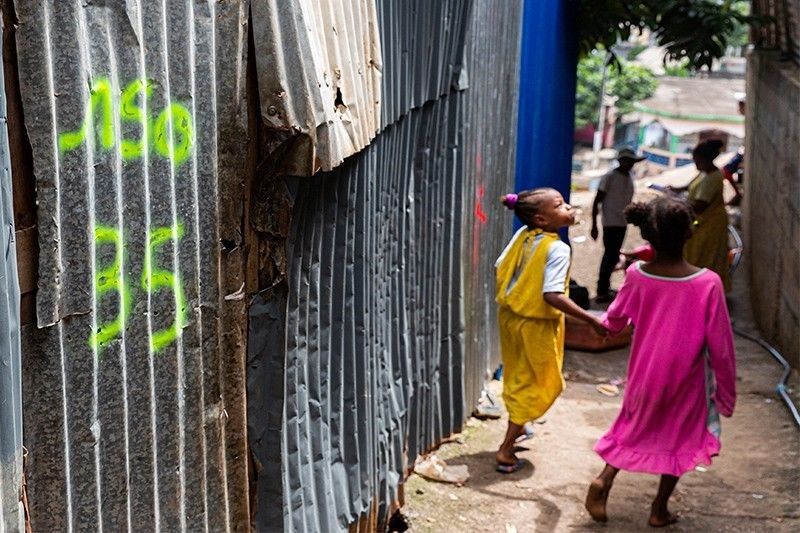Unicef: Philippines records highest number of child displacements

MANILA, Philippines — The Philippines has recorded the highest number of child displacements due to weather-related disasters in the past six years, making it the “epicenter” of a crisis seen to further worsen due to the climate crisis, according to a new analysis by the United Nations Children’s Fund (UNICEF).
The report revealed that an estimated 9.7 million children in the Philippines were displaced due to weather-related disasters during the said period, the highest among the 44 countries included in the list.
The report, titled Children Displaced in a Changing Climate, is the first global analysis of the number of children driven from their homes between 2016 and 2021 due to floods, storms, droughts and wildfires.
UNICEF reported 43.1 million internal displacements globally during the six-year period.
India and China ranked second and third in terms of absolute numbers, with 6.7 million and 6.4 million displaced children, respectively.
The Philippines ranked first in terms of the number of children displaced due to storms (8.3 million) and third for floods (1.3 million), after India (3.9 million) and China (3.7 million).
“Children are among those who suffer the most when they are displaced in times of disasters. They experience stress, lose days in school, get sick and become more prone to exploitation and abuse. We need to strengthen efforts to protect children at risk and support those already displaced,” Oyunsaikhan Dendevnorov, UNICEF representative to the Philippines, said.
The report recognized that numbers are higher in countries such as the Philippines, where “reporting is better and there are more pre-emptive evacuations due to good early-warning systems and tracking and monitoring.”
“This results in far higher caseloads but potentially less vulnerable populations,” it said.
The report cited the Disaster Response Operations Monitoring and Information Center of the Department of Social Welfare and Development as a best practice, particularly in terms of collecting data on the number of people evacuated and those staying in shelters.
Although there are preparedness measures in place, the UNICEF highlighted questions about the absorptive capacity of host communities, shelters and schools.
The agency estimated that approximately 2.5 million children across the Philippines are at risk of being displaced by storm surges over the next 30 years.
“The Philippines’ location and topography places it at a high risk of storm surges, where an abnormal rise of the tide is caused by strong winds and low atmospheric pressures during a tropical cyclone,” the report stated.
“Combined with high tides, storm surges can have devastating impacts on children living in coastal areas – uprooting them from their homes, washing away schools and disrupting access to clean water, sanitation, health care and other services,” it added.
The report noted that the risk could impact even densely populated cities such as Manila, Cebu and Davao.
“Decisions to move may be forced and abrupt in the face of disaster, or they may involve pre-emptive evacuation, which saves lives, but can still cause children to face the dangers and challenges that come with being uprooted from their homes, often for extended periods,” the report said.
Ahead of the climate change summit in Dubai next month, the UNICEF urged governments and other partners to protect, prepare and prioritize children who are at risk of displacement due to extreme weather events.
“Although weather-related events such as floods and storms are natural phenomena and a single event cannot necessarily be directly linked to climate change, there is widespread consensus that human-induced climate change is influencing the frequency, intensity, geographic range, duration and timing of extreme weather events,” the report stated.
“As a consequence, no weather is entirely ‘natural’ anymore, but rather occurs in the context of a changing climate. Extreme disaster events, which in the past occurred only once within a period of many years, may now occur more frequently,” it added.
- Latest
- Trending































